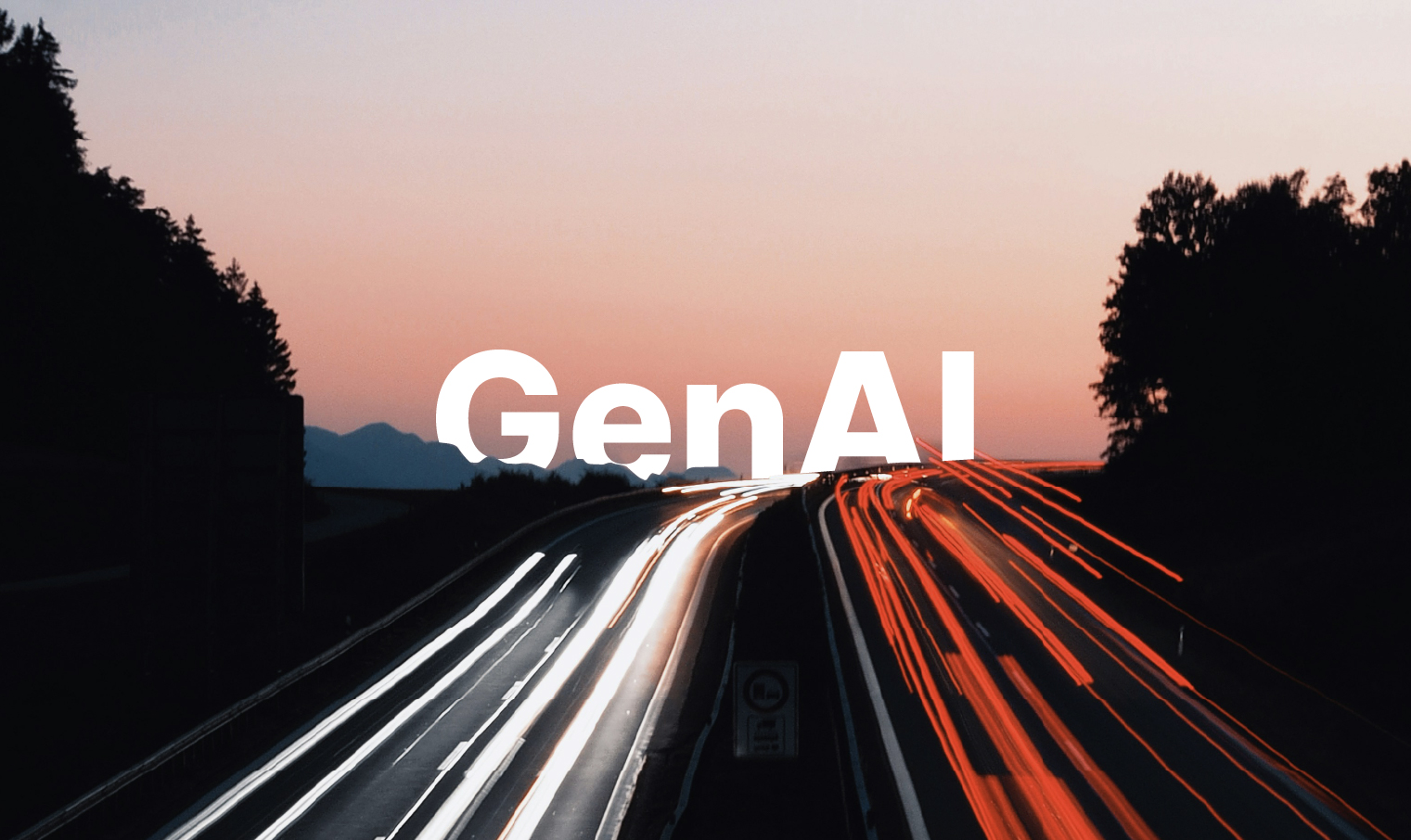Generative AI is moving at lightning speed, but for many CTOs and Solution Architects (SAs), adoption still feels like running at full tilt without a map.
The hype is real, but so are the technical risks: unscalable infra, spiralling costs, fragile pipelines, and unclear ownership. It’s not that teams aren’t capable. It’s that GenAI is not plug-and-play.
Without a clear architectural and operational roadmap, companies risk building short-lived experiments instead of scalable systems.
Environment: Where Most Teams Start
* A fine-tuned model built in a Jupyter notebook
* Prompt engineering buried in frontend code
* ECS cluster barely scaling inference
* CI/CD workflows still focused on app logic, not models * Zero monitoring for LLM latency, usage, or drift
* No clear sense of what “production-ready” even means in GenAI
These aren’t red flags. They’re the norm…
The Technical Pivot
- Start with Use Case Priority, Not Tooling
Define what success looks like for the GenAI layer: reduced ticket load, new revenue, faster ops. - Build for Observability from Day 1
Introduce metrics, logging, and cost dashboards early – not after you’ve been burned. - Treat Prompts Like Product
Prompts need testing, versioning, and rollback strategies.
AWS Tools for GenAI: What to Use and When
- Design with Failure in Mind – Use fallback paths, retry logic, and user feedback loops.
- Create a Cloud-Native Control Layer – Use Step Functions, SQS, and Lambda to manage flow control, data handoffs, and guardrails.
Lessons from the Field
- The best GenAI platforms treat models as replaceable, not central
- Prompt logic should not live in your UI codebase
- Infra cost observability can save six figures by Series A
- SAs and CTOs who co-own the roadmap scale faster than teams where GenAI is a dev side hustle
Where VeUP Comes In
This is exactly why we built the VeUP Build (MDO) program.
We work with high-growth cloud-native teams and AWS to:
– Define clear GenAI architecture and workflow roadmaps
– Stand up observability and CI/CD pipelines tuned for GenAI
– Design failure-resilient systems with multi-model strategies
– Avoid AWS overspend and architecture dead-ends
We help founders and SAs move from prototype to production in under 6 weeks.
GenAI isn’t just a feature layer. It’s a systems shift.
Want a second pair of eyes on your architecture or roadmap?
Book a no-strings technical roadmap session with our Build team. We’ll review your stack and map out the next right steps.

